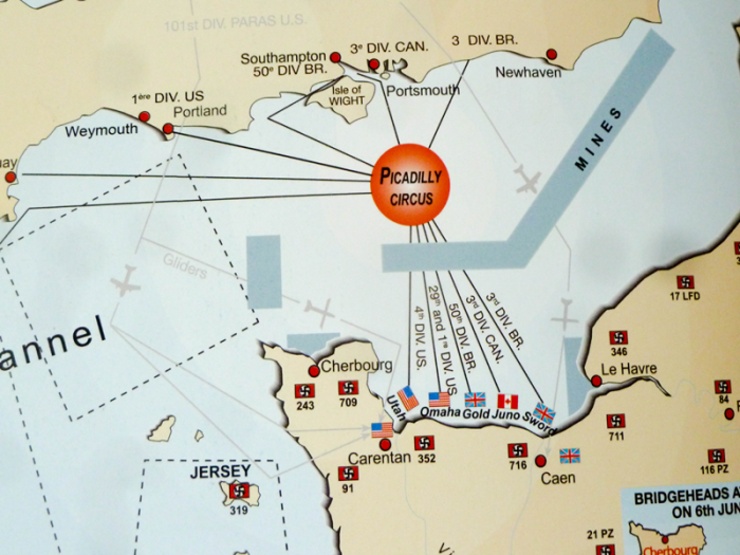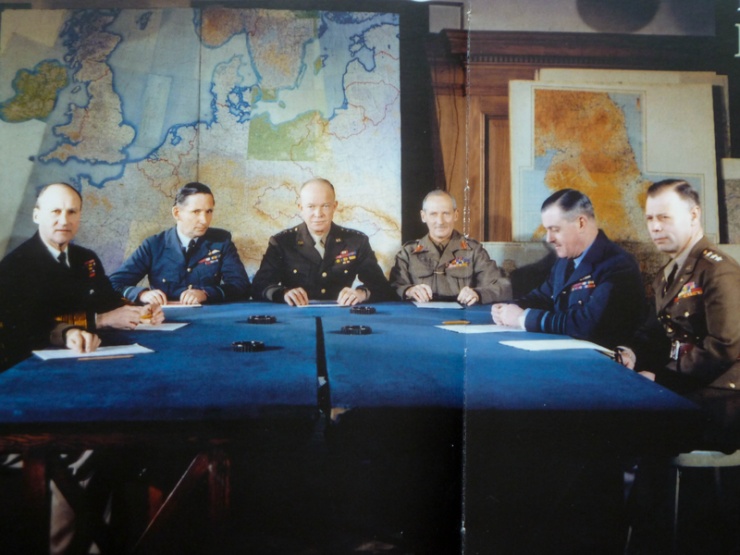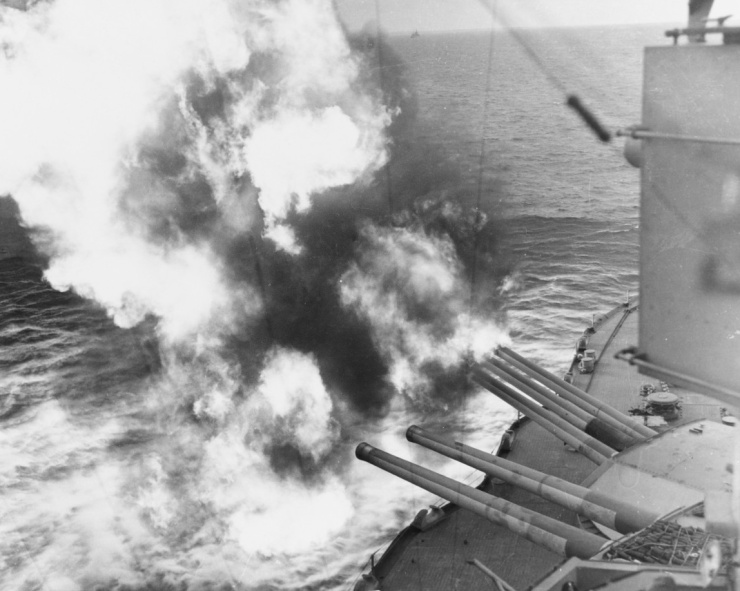https://www.csfd.cz/film/185308-general-eisenhower-velitel-invaze/prehled/
8.2.1944 They approved the plan of Operation Overloard
Categories: Second World War , Calendar

It took over two years to prepare and is still one of the most important milestones of the Second World War. The offensive, codenamed Operation Overlord, has been mapped in detail by history, many books have been written about it and several films have been made. This plan to open the Western Front was finally approved on February 8, 1944.
The improvement in the situation at sea in 1943 had an impact on the decisions made by British and American leaders at the Washington talks in the second half of May. The Joint Chiefs Committee - primarily the American commanders - thought that developments in the warevents could already be foreseen far enough in advance to determine a more precise date for the Channel invasion. To which Churchill and his British chiefs of staff nodded.
They promised to put their best efforts into Operation Overlord. American General George Catlett Marchall, who is known as a five-star general and politician, suggested May 1, 1944 as the date for the landing. General Eisenhower was instructed to move four American and three British divisions to the British Isles for participation in Overlord. It was also necessary to make changes on the southern English coast. "It had been a defensive bulwark against Hitler; they had to turn it into a springboard to launch an attack," writes Milos Hubacek in his book The Invasion.
The British therefore created a new army unit called the Combined Commanders, headed by General Bernard Paget, commander-in-chief of the troops assigned to defend the British Isles. His closest associates were senior members of the British air force and navy, but also American General Eisenhower and then his successor in that position, Lieutenant General Frank M. Andrews. They were also joined as needed by Rear Admiral Louis Mountbatten. The combination succeeded in gathering a great deal of information about the character of the western European coastline from the Netherlands to the Bay of Biscay. They simply explored access to all the coasts where they could make landings.
Preparations also continued at the Norfolk House office building in central London, where Lieutenant Morgan and his associates studied all the material collected by the Joint Chiefs. They concluded that the landing should not take place until an assault fleet capable of carrying the necessary divisions was assembled. Imperial Chief of Staff Alan Brooke said at the time, "That's it. It won't work, but you've got to do it thunderously well." With this encouraging motto, Morgan set to work in March 1943.
He gathered around him British and American officers who believed the operation was feasible. It was a difficult task because the shadow of Dunkirk, Norway and Greece still loomed ominously over the army. The Joint Chiefs of Staff Committee directed the lieutenant to draft plans of attack, but also to prepare the conditions so that 100 divisions would be able to strike directly at the heart of Germany. A number of things complicated the job. For example, disagreements at the highest levels. Probably the biggest disagreement came when it came to the exact date of the landing. The plan for Operation Overlord was finally approved on February 8, 1944.




Miloš Hubáček: Invasion, www.history.navy.mil, https://quatre-etoiles.net/
The article is included in categories:



